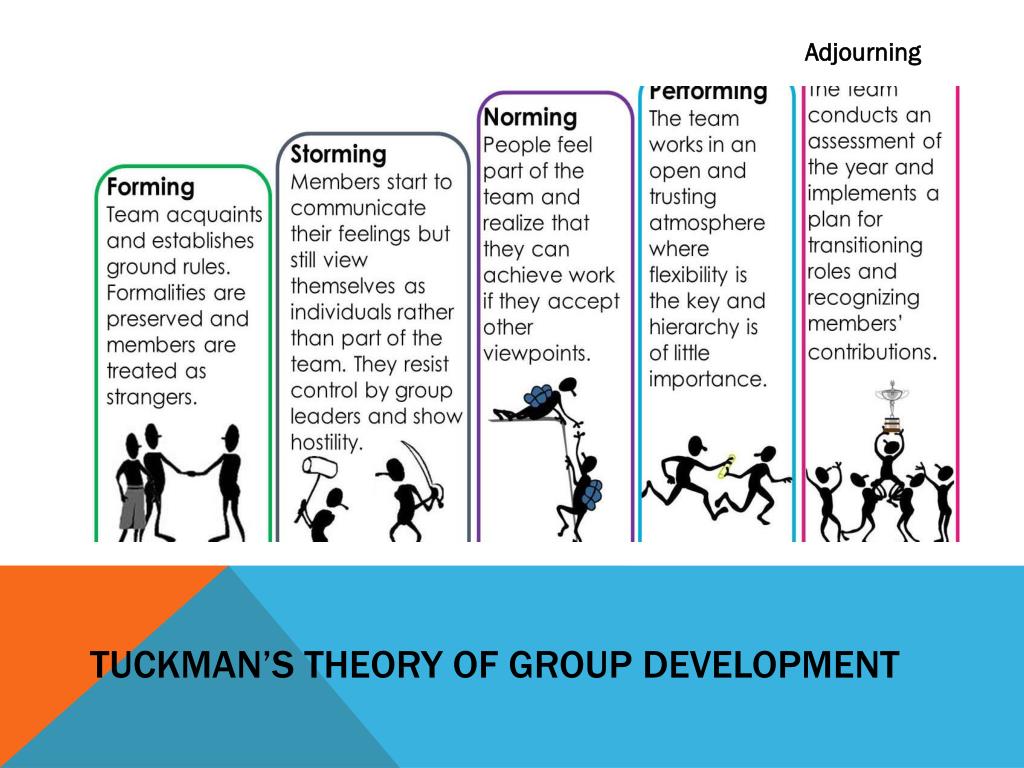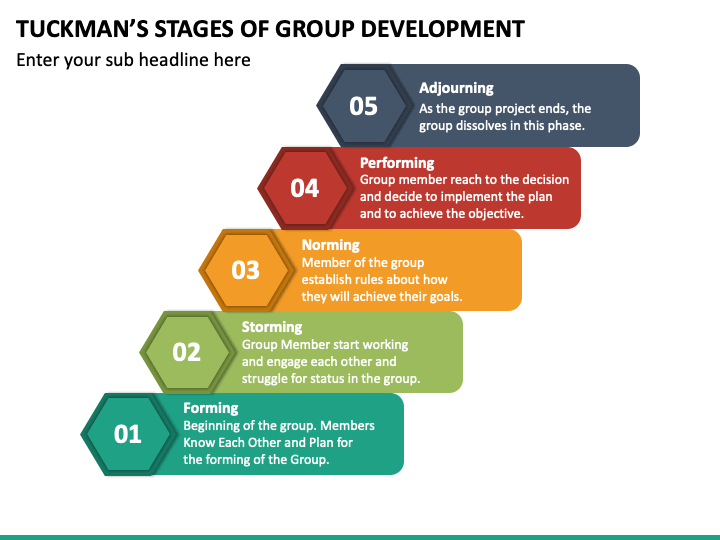Accountability strengthens culture, inspires excellence, sets expectations, and builds trust—not only in leadership but among the team. Here are five traits that top leaders tend to have in common, plus my advice on how you can develop these qualities yourself.

leadership Leadership, Leadership development, Business leadership
Here are the five soft leadership skills that affect the bottom line the most directly, and how leaders can develop them:

Five most important leadership traits. That means bosses need to be on. Some leadership characteristics, however, are consistent across the board. Initiative distinguishes and defines a leader more than all other abilities.
The big five personality traits are important in the emergence of leadership, and other leadership traits come into play for the sustainability of effective leadership. In fact, research shows that the best leaders tailor their leadership style to the situation. Recruiters are increasingly targeting workers who aren't actively looking to change jobs.
Five important leadership qualities introduction the ability to lead is a crucial skill in the workplace, and leaders come in all shapes, sizes, and levels of. Accountability is the ability to follow through on commitments and take ownership of successes and failures. Leaders possess the emotional intelligence to be able to understand the emotions of their teams, know what motivates them to perform, and wrest their team’s maximum performance.
By demonstrating these important leadership qualities, you too can become an effective leader that inspires change.we’ve put together a list of the 17 most effective qualities in a leader. Possessing exceptional organization skills is what makes a good leader different from a mediocre one. As a key figure in a.
Top 10 leadership traits accountability. Leaders are excellent communicators, able to clearly and concisely explain problems and solutions. Leaders know when to talk and when to listen.
Your skill at exhibiting these five leadership qualities is strongly correlated with people’s desire to follow your lead. As a leader, you need to back your words with action. Being humble is one of the best qualities of great leaders—it shows the will to serve others more than oneself.
High levels of conscientiousness, openness to experience, and extraversion are among the most prominent big five personality traits that makes a leader a truly effective one. A grateful leader is a powerful leader. One of the essential leadership traits of good leaders is their ability to motivate others.
If there is a single trait which best defines a leader, it is most certainly the ability to take initiative and point people in the right direction. Below are seven traits of an effective leader: Leadership characteristics that contribute to success.
Gratitude breeds positive interactions and connection, increases engagement, and builds resilience. A good leader who exemplifies accountability can inspire followers to take similar accountability for their actions. Even your most engaged employees are prone to being recruited right now.
Another very important quality of good leaders is courage. Experienced leaders understand that plans, schedules and even goals can change at any time. Grateful leaders understand that success is a.
All living organisms have an. \”the courage of leadership is giving others the chance to succeed even though you bear the responsibility for getting things done.\”. Motivating employees, inspiring them, and fostering enthusiasm for projects is one of the most important leadership qualities and a key to success because only motivated employees are good employees.
There are many personality traits that are evident in every strong leader. These five qualities come from kouzes and posner’s research into leadership that was done for the book the leadership challenge. As an executive recruiter with over twenty years’ experience, i’ve learned to spot the qualities of a good leader.
“a good leader holds you accountable to be better—to be the best you can be while maintaining. Courage to make decisions and take risks without the certainty that these risks will bring the desired success in the end. In addition, leaders are able to communicate on different levels:
Managers with leadership qualities have a keen sense of how people tick: Whether leading a small part or the whole picture, each of these three facets of. The best leaders take full responsibility for their team’s performance, whether the outcome is good or.
Patience, a strategic mind, change management skills and a positive attitude are all examples of resilience that help company leaders guide their team through stormy waters.
In the forming stage, the group is just getting to know one another. Bruce tuckman was a psychologist who developed the theory of 5 stages of development in 1965, the model consisted of forming, storming, norming and performing areas.

PPT Tuckman’s 5 Stages of Group Development PowerPoint Presentation
This article provides background on each stage and an example of a team going through all five stages.

Bruce tuckman five stages of group development. Tuckman's model explains that as the team develops maturity and ability, relationships establish, and leadership style changes to more collaborative or shared leadership. You can help the team break through the storming stage by encouraging members to refocus on goals. During the developmental phase, the leader of the group also adopts a new.
Forming is how the team begin to understand how they will work together. These stages are commonly known as: Identify the five development stages of groups.
In this stage, a leader might emerge who directs the group. The idea behind the model is you can’t expect a new team to form and perform to the best of their. Usually, there's a group leader present who, in the first few group meetings, manages most of the agenda.
People decide which parts of the task they want to take charge of. What are the 5 stages of team development? The bruce tuckman model says all teams or groups go through five stages of development:
According to a psychologist called bruce wayne tuckman, every team progresses through five phases of development. (1977) stages of small group development. The study initially included four steps.
The team growth framework suggests that unless the issues of processes and feelings have been. Try breaking large goals down into smaller, more manageable tasks. The success of a business or a project depends on its team.
Later he added a 5th stage, ‘adjourning’ to the model in the 1970s. Developmental sequences in small groups. The five stages are formation, storming, norming, performing, and adjourning.
Tuckman provides a realistic understanding of group development. Only then a team can function optimally. Tuckman's original work simply described the way he.
Forming, storming, norming, performing, and adjourning. In 1965, bruce tuckman identified four stages of development — forming, storming, norming and performing — that every team experiences. The initial forming stage is the process of putting the structure of the team together.
The stages begin when a group first meets and ends when the project is completed. Tuckman’s theory assists group members in subduing the group barriers. Tuckman's five stages of group development each represent a different process that goes into reaching the group's goals:
Let us look at these five stages of group development, or the tuckman model, and see how you can. According to bruce tuckman the stages should be followed in a predetermined order. This post explains the tuckman 5 stages of group development, introduced by psychologist bruce tuckman in a practical way.
American organizational psychologist bruce tuckman presented a robust model in 1965 that is still widely used today. In 1977, tuckman, jointly with mary ann jensen, added a fifth stage to the four stages: Forming, storming, norming, performing, and adjourning.
Someone is unhappy about the task they’re given. Bruce tuckman’s 5 stages of team development: These stages of team development start from the time a group first meets and last until the project ends.
In 1977, tuckman, jointly with mary ann jensen, added a. The five stages of tuckman’s theory of communication are forming, storming, norming, performing, and adjourning. Tuckman’s stages group of development provide insight into the development of a team over time.
Tuckman suggested groups transition through five stages of development, starting from the time the group first meets until project completion. Coconstruct was founded in 2005. Now come the bumps in the road.
In 1965, bruce tuckman identified four stages of development — forming, storming, norming and performing — that every team experiences. As members of the team become familiar with each other, the team itself becomes more mature as relationships become established. It also helps to adjust them in.
In 1977, with the help of another educational psychologist, mary ann jensen, he added the fifth stage. A team cannot perform well unless it has experienced conflicts and has set behavioural standards. It will aid us to understand the stages of development a group goes through at work, the model has its own application in a variety of fields such as networking groups,.